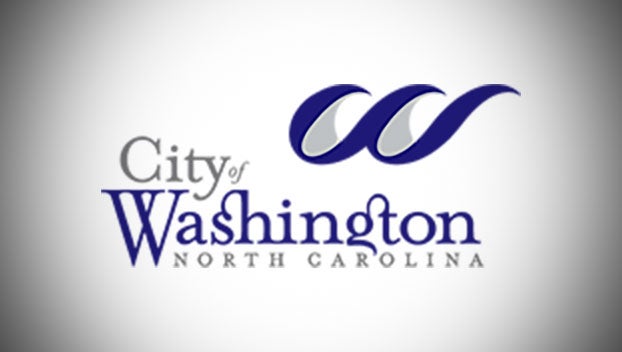City, WHDA seek bids for wayfinding signs
Published 9:45 pm Sunday, May 29, 2016

- PREFERRED CONCEPT: Two years ago, the majority of people of reviewed two signage concepts preferred this one.
Washington is issuing a request for proposals concerning signs for the city’s wayfinding program.
The City Council, during its May 23 meeting, authorized city staff and the Washington Harbor District Alliance to search for an entity to provide the signs, part of the city’s effort to make it easier for visitors and others to find specific places in the city, especially in the waterfront and downtown areas.
Chris Furlough, WHDA president, explained the importance of the signs and the wayfinding program when it comes to directing people to places such as the Turnage Theatre, North Carolina Estuarium, the city docks, Festival Park and other facilities frequented by out-of-town visitors who do not know the area. For the wayfinding program to be successful, it must have effective, attractive signs that are strategically placed throughout the city.
“Looking at your placement of signs, I still disagree with some of the placements. As you and I have talked, and, as I have stated before, it appears to me the primary function of a wayfinding program should be to get people off the highway into the downtown area,” Councilman Doug Mercer said. “I would certainly encourage you to place your primary gateways signs where they would do the most good. I’ve got one in particular I don’t think is in the right place because it’s inside the (U.S. Highway) 17 loop where it crosses (U.S. Highway) 264. I would think your primary sign there should be outside of that loop so the people coming down 264 who might be turning on to 17 would see that sign before they got to 17.”
Mercer said when the city and WHDA receive costs for each sign in the program, the city and WHDA can look in more detail at where certain signs should be placed and know the cost to erect a specific sign at a specific location.
City Manager Bobby Roberson told the council that the Washington Tourism Development Authority, at its last meeting, decided to provide $10,000 to help pay for the signs. Roberson said the authority recognizes how important the wayfinding program is to brining more visitors to the city. The money comes from the revenue the authority receives from the city’s occupancy tax. Under state law, that revenue must be spent on programs and projects geared toward bringing visitors to the city.
Late last year, the council decided to wait until this year to make a decision regarding funding of the city’s wayfinding project. During its Nov. 9, 2015, meeting, the council balked at allocating $101,606 for 24 signs that are part of a recommended overall sign project consisting of 84 signs — including gateway, directional and parking signs. The project would be split into three phases because of its cost, according to a presentation made to the council last year.
Currently, the city has about $130,000 available for the signs.
Mercer has questioned spending nearly $2,000 each for parking signs he said could be purchased for much less — under $50 each — from a source other than the one included in the wayfinding plan developed by Deep Fried Creative, a Washington-based company.
In November 2015, two Washington residents criticized the Washington City Council for not providing the funding needed to begin implementing the city’s wayfinding program. Rebecca Clark, a downtown business owner, and Scott Campbell, a downtown resident and real-estate agent, told the council they were upset that the project has “dragged on” for three years and that funds for the wayfinding signs have not been released.
The wayfinding strategies designed for Washington would improve traffic circulation (vehicles and pedestrians) in the city and direct visitor dollars to where they would have the most economic impact, according to John Rodman, the city’s community and cultural resources director.
In an effort to reduce costs, new signs would be erected on existing utility poles, especially the decorative light poles in the historic and waterfront districts, Rodman said.






